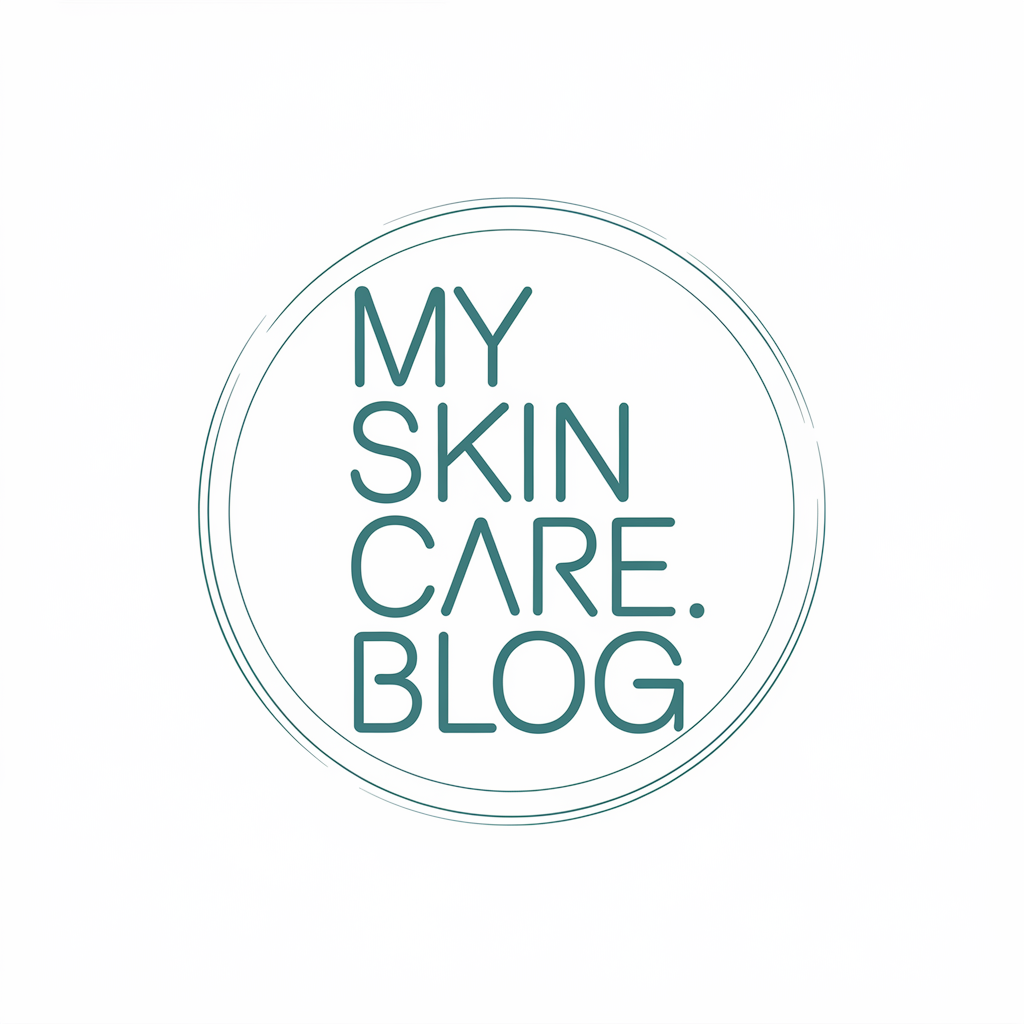You’ll Never Buy the Wrong Skincare Product Again After Reading This!
Navigating the world of skincare can feel overwhelming, especially with so many products claiming to be the best for your skin. You might find yourself confused by labels and ingredient lists, unsure of what really works. Understanding a few key terms and knowing what to look for can change everything. Ready to uncover the secrets that’ll help you choose products that actually meet your needs? Let’s break it down.
Understanding Skincare Product Labels
How can you make sense of the myriad skincare product labels out there? You’re not alone in feeling overwhelmed. A skincare label guide can become your best friend in navigating this jungle of choices.
Start by focusing on the terms that matter most. Look for labels that specify “non-comedogenic” if you’re prone to breakouts, or “hypoallergenic” if your skin’s sensitive.
Don’t be fooled by buzzwords like “natural” or “organic”—they don’t always guarantee effectiveness. Instead, check for certifications that back these claims. Additionally, understanding common skincare label tactics can help you identify misleading information.
Also, pay attention to the order of ingredients; the first few are the most concentrated.
Remember, you’re part of a community seeking healthy skin, so share your findings with friends! By understanding these labels, you’ll not only find products that suit your skin but also feel empowered in your choices.
Trust your instincts and enjoy the journey to glowing skin!
Key Ingredients to Look For
When you’re selecting skincare products, knowing which key ingredients to look for can make all the difference. Choosing the right ingredients not only enhances your skin but also connects you with a community of skincare enthusiasts who share your passion.
Here are three essential ingredients to keep an eye out for:
-
Hyaluronic Acid: This powerhouse hydrates your skin, making it plump and youthful. It acts as an instant solution for dry skin by retaining moisture effectively.
-
Retinol: Known for its ability to reduce fine lines and improve skin texture, it’s a must for anti-aging.
-
Vitamin C: This brightener helps even out skin tone and protects against environmental damage.
Decoding Concentration Percentages
Understanding concentration percentages is crucial for making informed decisions about skincare products. When you see a percentage on a label, it tells you how much of a specific active ingredient is present. Higher percentages can mean more potent effects, but they also come with increased risk of irritation for some skin types.
For example, a product containing 10% glycolic acid may offer more exfoliation than one with 5%, but it mightn’t be suitable for sensitive skin.
It’s essential to balance your skincare goals with your skin’s tolerance. Don’t just chase the highest percentage; consider your unique needs. If you’re unsure, start with lower concentrations and observe how your skin reacts.
This way, you can gradually work your way up to stronger formulations, ensuring you find what truly works for you. By understanding concentration percentages, you’ll feel empowered to choose products that fit seamlessly into your skincare routine. Additionally, knowing key ingredients to look for can help you make even more informed choices about which products are right for your skin type.
Red Flags to Avoid in Skincare
Here are three red flags to watch out for:
-
Overly Complex Ingredient Lists: If a product has a long list of ingredients, especially ones you can’t pronounce, it might be best to steer clear. Simpler is often better.
-
Aggressive Marketing Claims: Be wary of products that promise miraculous results overnight. If it sounds too good to be true, it probably is.
-
Strong Fragrances: Artificial fragrances can irritate your skin. If you see terms like “fragrance” or “parfum,” consider looking for fragrance-free alternatives. Additionally, many harmful ingredients have been linked to skin health damage, so it’s crucial to scrutinize what’s in your products.
Making Smarter Skincare Purchases
How can you ensure your skincare purchases are truly beneficial? Start by knowing your skin type and concerns. This knowledge helps you choose products that cater to your specific needs, creating a sense of belonging in the skincare community.
Don’t shy away from reading labels—look for ingredients that resonate with your skin goals. If you’re unsure, seek advice from trusted friends or online communities; their experiences can guide you toward effective options.
It’s also wise to check reviews from real users. Genuine feedback can be a treasure trove of insights.
Finally, remember that quality often trumps quantity. Investing in fewer, high-quality products can yield better results than a cabinet full of mediocre items. Additionally, consider effective skincare products that are tailored to your individual skin type and concerns.





